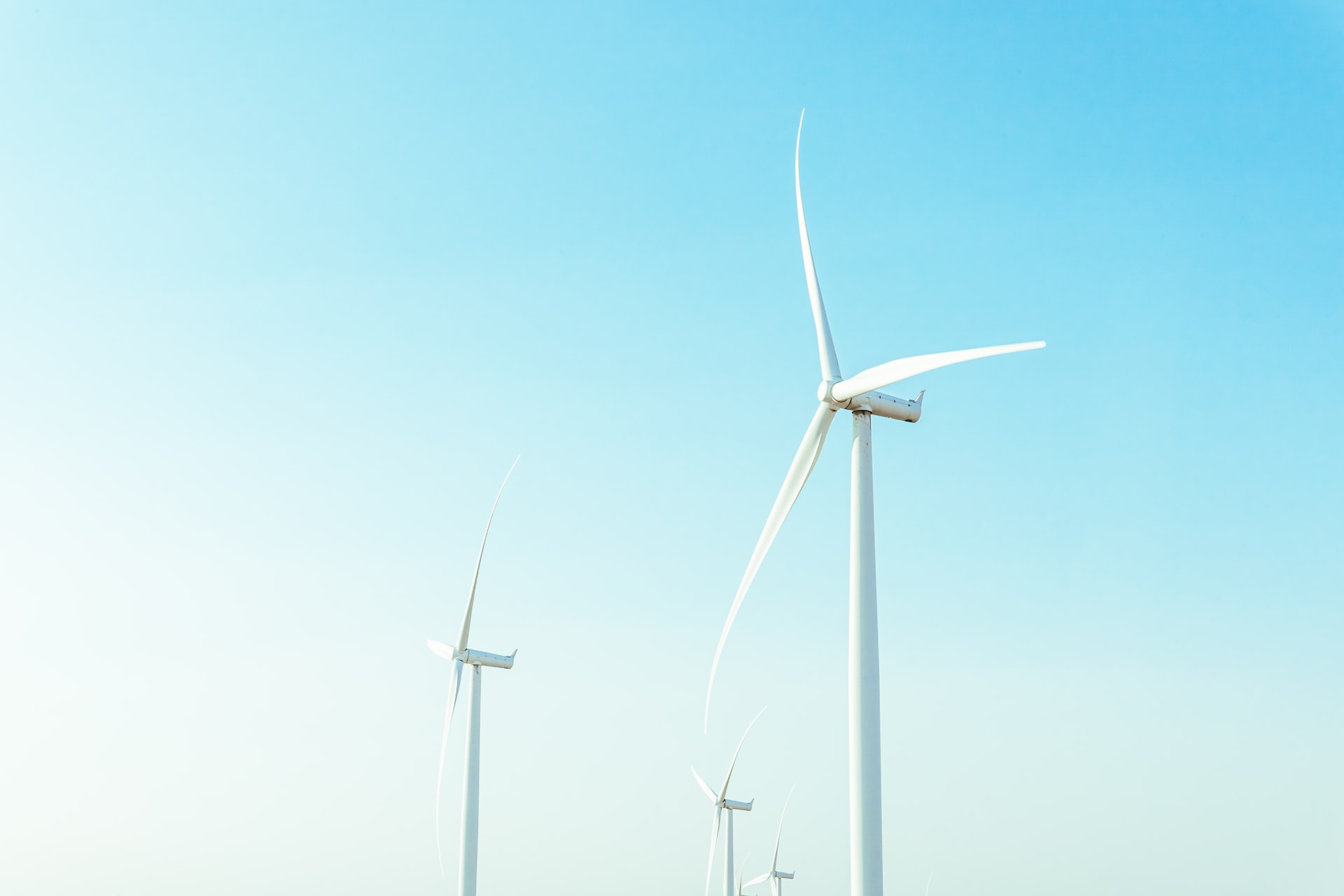Solar and wind have dominated new energy capacity added to the US grid over the past couple of years. However, despite generating 3x as much electricity output as US solar, wind power has long remained underappreciated in the eyes of investors. Part of that is due to the lower cost structure of new solar capacity, which is something the White House hopes to address in its new initiative to make the installation of floating offshore wind power 70% cheaper.
In making floating wind cheaper by scaling platform and software technologies, the Biden administration hopes to kick off the installation of up to 15 GW by 2035. The largest offshore wind farm in the world just reached full operational capacity off the coast of the UK at 1.3 GW. British lawmakers are expected to end a near-ban on new onshore wind turbines soon.
Related ETFs: First Trust Global Wind Energy ETF (FAN), iShares Global Clean Energy ETF (ICLN)
In the first four months of 2022, Cleantechnica reports renewables provided 25.5% of US electricity, a meaningful increase from the figure for the same period in 2021, which was 22.5%. Though wind power is often overshadowed by the popularity and lower cost structure of solar generation, wind actually provides a larger share of the renewable energy capacity in the US, producing 12.2% of all US electricity, compared to just 4.4% for solar.
Each of those totals will undoubtedly expand in the months and years ahead as the vast majority of newly installed power capacity is coming from renewable sources. Through first 7 months of the year, solar and wind power accounted for 71% of new US electricity generation.
A new analysis from the Center for American Progress, highlighted by Grist, showed that “Americans are getting significantly more return on investment from offshore wind energy lease sales than they are from oil and gas lease sales” on a per acre basis. From 2019 to 2021, the average winning bid from offshore oil and gas lease sales was $47 per acre. By contrast, the average winning bid for a wind lease sale was 125 times higher — just over $5,900 per acre. Additionally, one average productive acre of natural gas leasing produces just 34 megawatt hours (MWh) of power, while offshore wind exceeds this by 20% at 40.8 MWh per acre. The money made from these leases is paid to the US Treasury Department and eases taxpayers’ share of the federal government’s bills through public program funding.
For the industry, however, this creates a double-edged sword. Though the government gains a greater incentive to…
To read the complete Intelligence Briefing, current All-Access clients, SIGN IN All-Access clients receive the full-spectrum of MRP’s research, including daily investment insights and unlimited use of our online research archive. For a free trial of MRP’s All-Access membership, or to save 50% on your first year by signing up now, CLICK HERE










